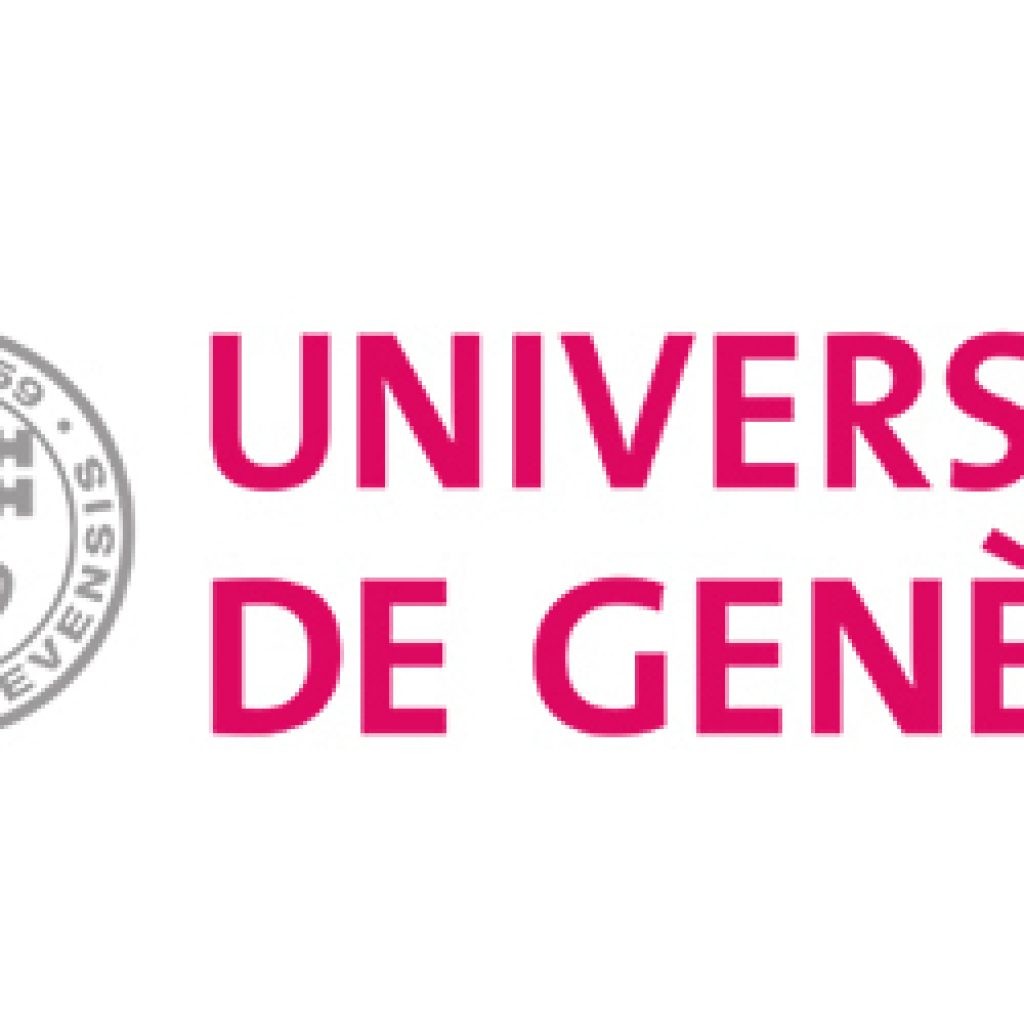(HPCWire) Physicists at the University of Vienna have now demonstrated a new device, called a quantum memristor, which may allow the combining of AI and quantum technology, thus unlocking unprecedented capabilities. Inside Quantum Technology shares here the news release issued by the University of Vienna discussing research it says. .”represents one more step towards a future where quantum artificial intelligence become reality.”
The experiment, carried out in collaboration with the National Research Council (CNR) and the Politecnico di Milano in Italy, has been realized on an integrated quantum processor operating on single photons. The work is published in the current issue of the journal “Nature Photonics.”
One of the major game changers in the field was the discovery of the memristor, made in 2008. This device changes its resistance depending on a memory of the past current, hence the name memory-resistor, or memristor. Immediately after its discovery, scientists realized that (among many other applications) the peculiar behavior of memristors was surprisingly similar to that of neural synapses. The memristor has thus become a fundamental building block of neuromorphic architectures.
A group of experimental physicists from the University of Vienna, the National Research Council (CNR) and the Politecnico di Milano led by Prof. Philip Walther and Dr. Roberto Osellame, have now demonstrated that it is possible to engineer a device that has the same behavior as a memristor, while acting on quantum states and being able to encode and transmit quantum information. In other words, a quantum memristor. Realizing such a device is challenging because the dynamics of a memristor tend to contradict the typical quantum behavior.
At the heart of all artificial intelligence applications are mathematical models called neural networks. These models are inspired by the biological structure of the human brain, made of interconnected nodes. Just like our brain learns by constantly rearranging the connections between neurons, neural networks can be mathematically trained by tuning their internal structure until they become capable of human-level tasks: recognizing our face, interpreting medical images for diagnosis, even driving our cars. Having integrated devices capable of performing the computations involved in neural networks quickly and efficiently has thus become a major research focus, both academic and industrial.
“Unlocking the full potential of quantum resources within artificial intelligence is one of the greatest challenges of the current research in quantum physics and computer science”, says Michele Spagnolo, who is first author of the publication in the journal “Nature Photonics”. The group of Philip Walther of the University of Vienna has also recently demonstrated that robots can learn faster when using quantum resources and borrowing schemes from quantum computation. This new achievement represents one more step towards a future where quantum artificial intelligence become reality.
